The Promised Neverland began as a tightly written psychological thriller, blending childlike wonder with creeping dread. Both the anime and manga share the same core story, but their execution diverges sharply, especially after the first arc.
While the anime offers a stunning visual experience and emotional performances, it rushes through later arcs, skipping key developments. The manga, in contrast, delivers a complete and detailed version of the story, albeit with a slower burn. If you’re deciding how to experience this haunting tale of survival and resistance, here’s a breakdown of how the anime and manga compare — and which one does it better.
8
Character Development – Manga
Deeper Growth And More Character Arcs
The manga allows time for gradual, meaningful development of characters beyond the core trio of Emma, Norman, and Ray. Characters like Yuugo (Mister), Lucas, and even side characters receive backstories, motivation, and full arcs that enhance the emotional weight of the plot.
This additional character focus makes the world feel richer and the stakes more personal. While the anime captures key emotional moments well, the manga’s slower pace gives characters room to breathe and grow, making their actions and sacrifices more impactful. If you care about seeing a full cast evolve over time, the manga handles it best.
7
Rendition Of The World – Anime
Atmosphere, Animation, And Sound Design Shine
The anime’s first season does an excellent job of translating the eerie tone of the Grace Field House into a tense, immersive experience. Through lighting, soundtrack, and visual framing, it brings the contrast between innocence and horror to life more vividly than the manga’s still pages.
Everything from Isabella’s soft menace to the dark corners of the orphanage feels heightened in motion. While later seasons lose momentum, the visual world-building in the early anime episodes gives viewers a haunting sense of tension that’s harder to capture on the page.
6
Pacing Of The Story – Manga
Nothing Important Gets Left Behind
The manga takes its time exploring each arc, ensuring that plot points, character growth, and world lore unfold at a natural and satisfying pace. This deliberate storytelling allows readers to fully understand motivations and the structure of the world.
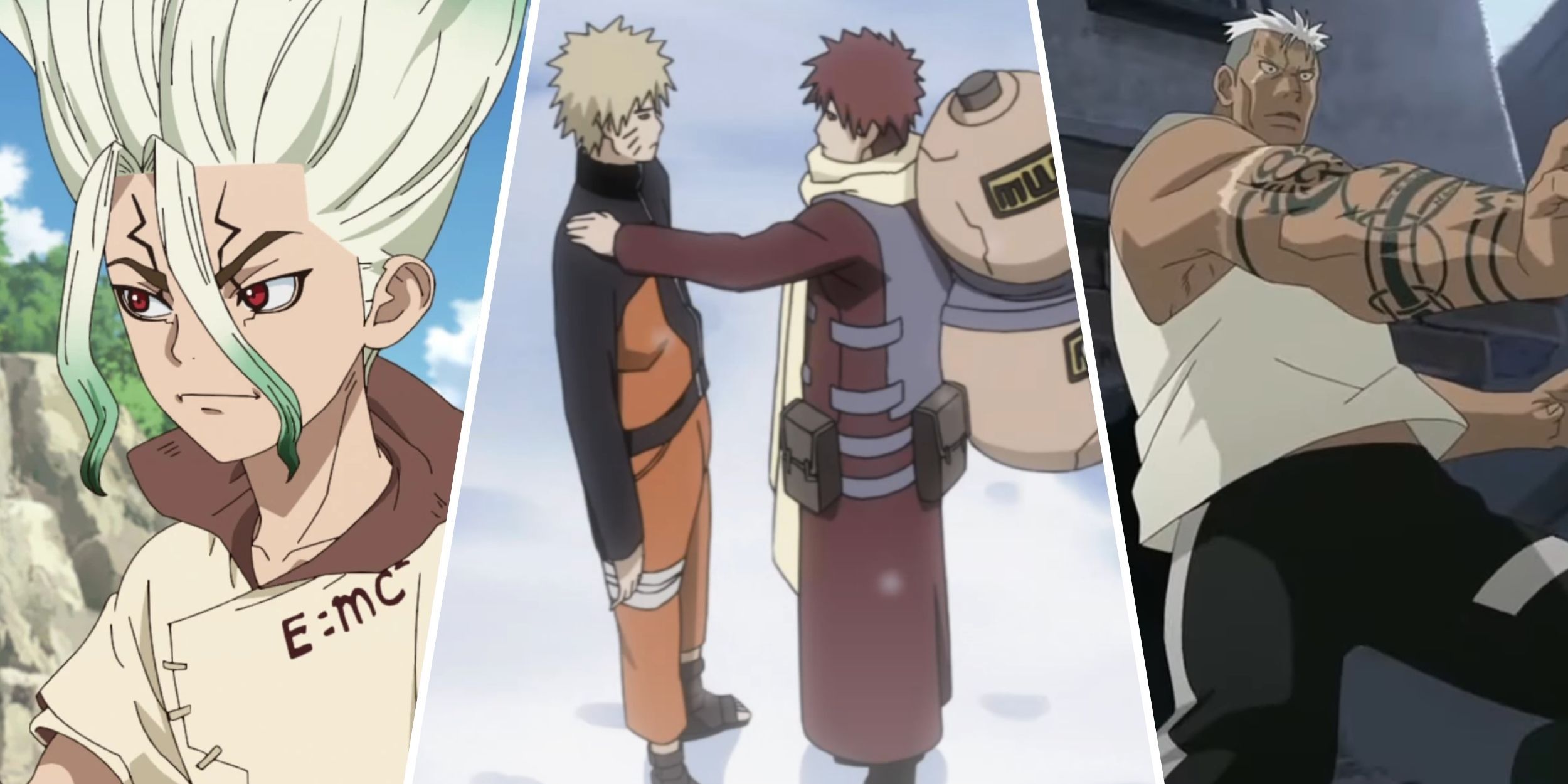
Related
8 Best Enemies To Friends In Anime
Nothing is as beautiful as a friendship that was forged in fire between these duos in anime!
In contrast, the anime’s second season drastically condenses the narrative, skipping critical arcs like Goldy Pond and brushing past key characters. The result is a story that feels rushed and sometimes incoherent. For those who value clarity and narrative payoff, the manga delivers a far better rhythm and structure.
5
First Arc Of The Story – Anime
A Perfect Introduction With Exceptional Execution
The anime’s first season is a masterclass in adaptation. Covering chapters 1–36 of the manga, it captures the emotional stakes, psychological tension, and clever twists of the Grace Field arc with tight pacing, striking animation, and impactful voice acting.
The visual storytelling enhances the suspense, and scenes like the escape from Grace Field feel cinematic and intense. Even manga readers praised how well the adaptation handled its early material. It’s one of the rare cases where the anime arguably outshines the source, at least for this portion of the story.
4
Second Arc Of The Story – Manga
The Anime Skips Too Much Too Fast
After Season 1, the anime deviates heavily from the manga, skipping entire arcs and characters such as Goldy Pond, Yuugo, and the resistance movements that deepen the story’s themes of trauma, rebellion, and survival.
The manga takes time to build these elements, showing the children’s struggle in a world that’s far more complex than just escaping demons. Without this foundation, the anime’s second season feels like a summary rather than a continuation, lacking the emotional weight and world-building that make the manga’s second half so powerful.
3
Rendition Of The Characters – Anime
Performance And Animation Add Personality
Thanks to expressive animation and strong voice acting, the anime gives its characters a layer of personality that’s harder to convey in still images. Emma’s optimism, Norman’s calm intellect, and Ray’s quiet intensity all come through beautifully.
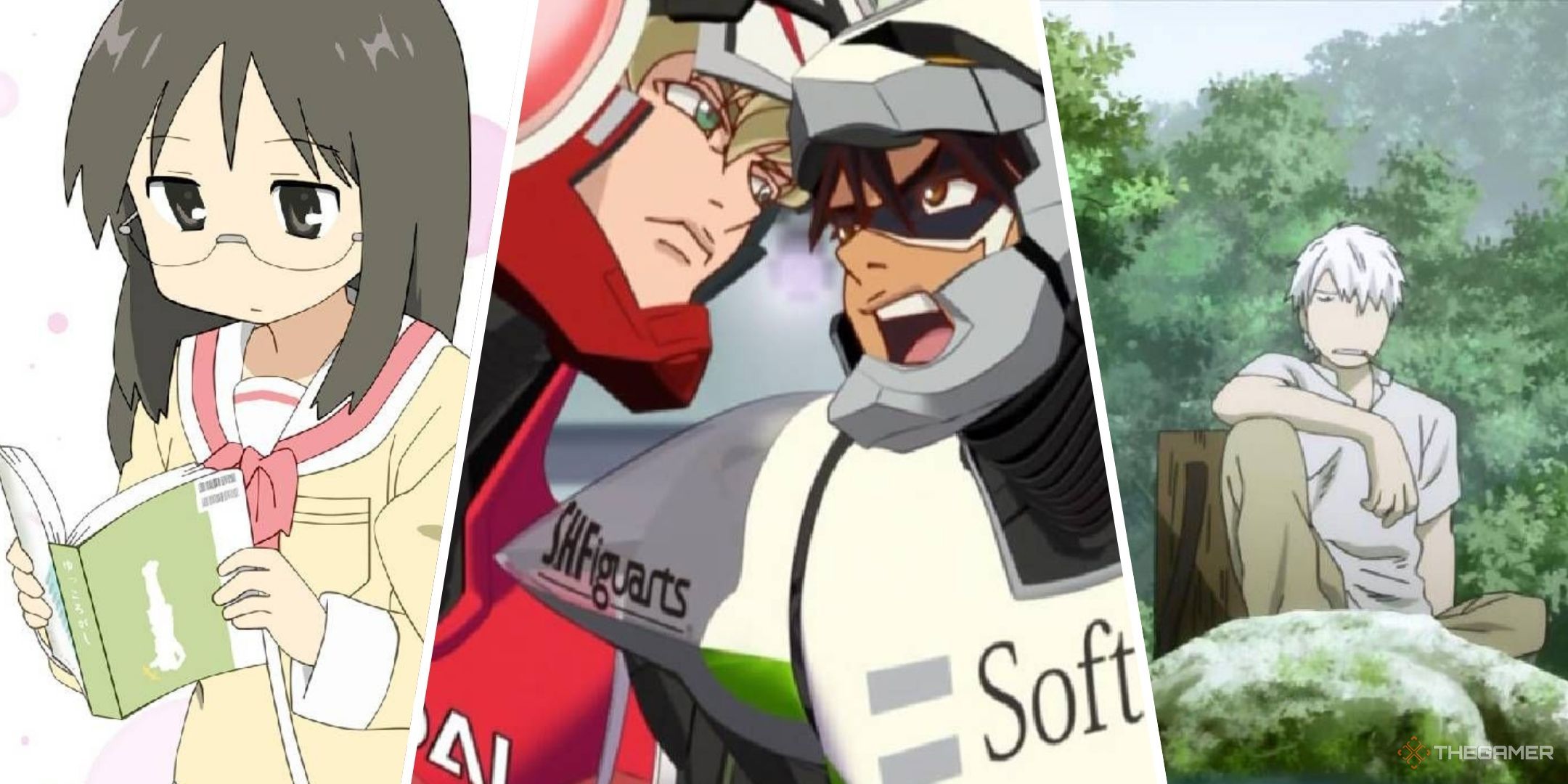
Related
Relax and sit back with some lunch and a comfortable anime that’ll get you in the perfect cozy mood.
The acting adds emotional texture and nuance, especially during tense moments. Characters like Isabella become even more compelling through their vocal delivery and animation direction. While the manga develops more characters overall, the anime gives its central cast dynamic emotional life, especially in the first season.
2
Number Of Characters To Enjoy – Manga
More Faces, More Stories, More Impact
The manga introduces and develops far more characters than the anime ever attempts to. Figures like Yuugo, Lucas, and the resistance fighters play key roles in shaping the story’s second half — all of them are either absent or completely cut from the anime.
These characters add complexity, challenge Emma’s ideals, and contribute to the broader themes of sacrifice and hope. Their removal in the anime strips away much of the narrative’s depth. If you want a world full of different voices and moral perspectives, the manga is the only way to experience the full cast.
1
Winner – Manga
A Complete, Thoughtful, And Fully Realized Story
While the anime has strong visual direction and a stellar first season, the manga wins out overall for telling the full story without compromise. The rushed pacing and omission of entire arcs in Season 2 leave the anime feeling unfinished and uneven, especially when compared to the manga’s carefully layered plot.
Had the anime received another season or two, it may have stood toe-to-toe with its source material. But as it stands, the manga delivers a complete and emotionally resonant experience from beginning to end, and remains the definitive version of The Promised Neverland’s chilling tale.

Next
Attack On Titan: Anime Vs Manga – Which Is Better?
We compare the anime and manga of Attack on Titan to determine which version is superior.

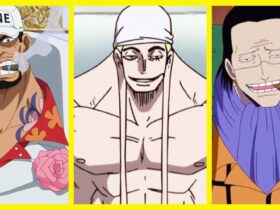










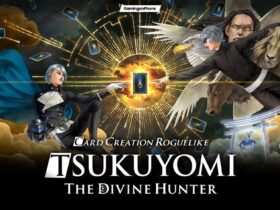


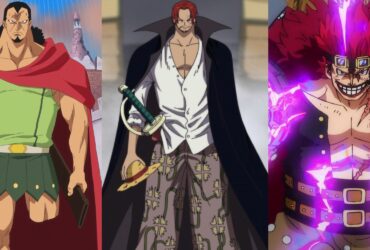
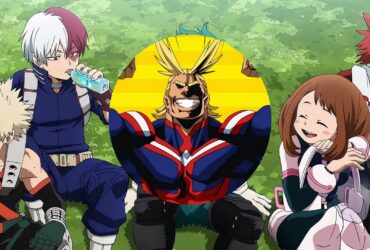
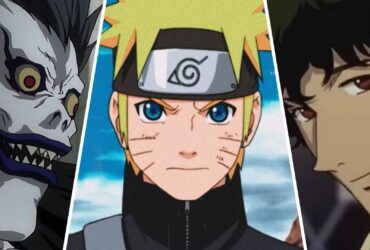
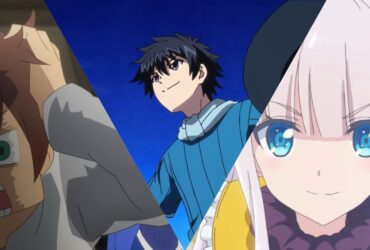
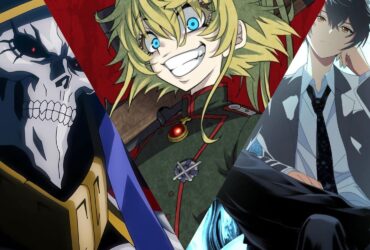
Leave a Reply